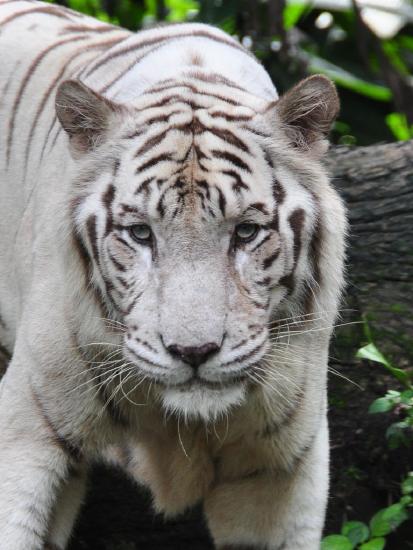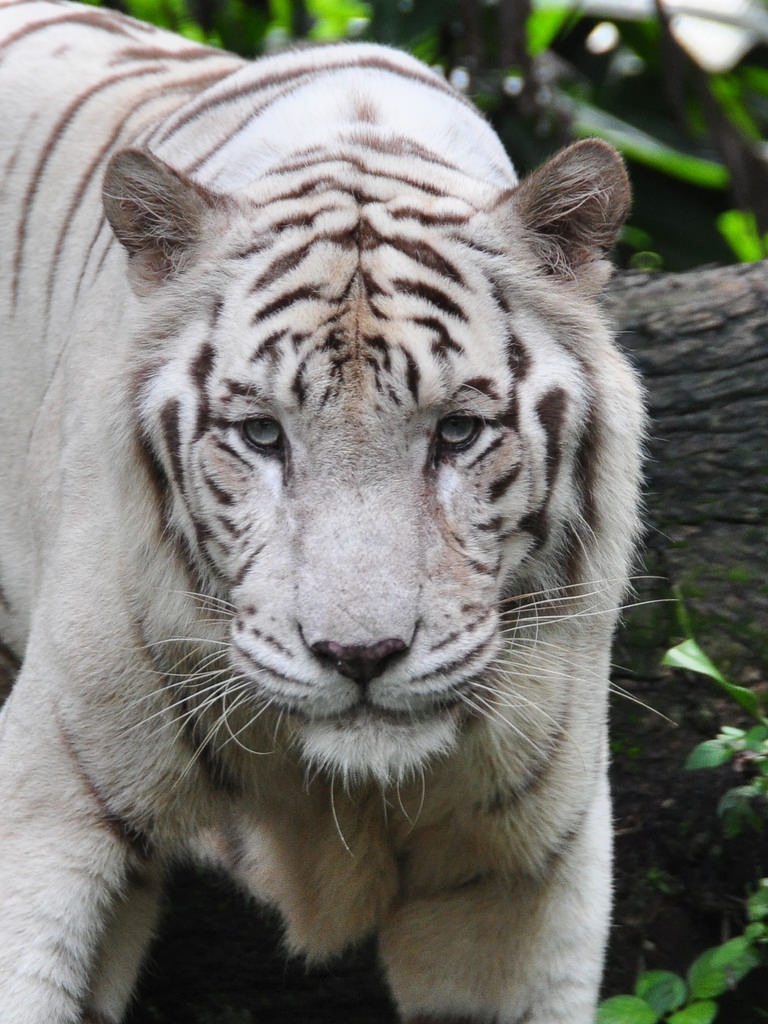12.11: Chordates
- Page ID
- 1409
\( \newcommand{\vecs}[1]{\overset { \scriptstyle \rightharpoonup} {\mathbf{#1}} } \)
\( \newcommand{\vecd}[1]{\overset{-\!-\!\rightharpoonup}{\vphantom{a}\smash {#1}}} \)
\( \newcommand{\dsum}{\displaystyle\sum\limits} \)
\( \newcommand{\dint}{\displaystyle\int\limits} \)
\( \newcommand{\dlim}{\displaystyle\lim\limits} \)
\( \newcommand{\id}{\mathrm{id}}\) \( \newcommand{\Span}{\mathrm{span}}\)
( \newcommand{\kernel}{\mathrm{null}\,}\) \( \newcommand{\range}{\mathrm{range}\,}\)
\( \newcommand{\RealPart}{\mathrm{Re}}\) \( \newcommand{\ImaginaryPart}{\mathrm{Im}}\)
\( \newcommand{\Argument}{\mathrm{Arg}}\) \( \newcommand{\norm}[1]{\| #1 \|}\)
\( \newcommand{\inner}[2]{\langle #1, #2 \rangle}\)
\( \newcommand{\Span}{\mathrm{span}}\)
\( \newcommand{\id}{\mathrm{id}}\)
\( \newcommand{\Span}{\mathrm{span}}\)
\( \newcommand{\kernel}{\mathrm{null}\,}\)
\( \newcommand{\range}{\mathrm{range}\,}\)
\( \newcommand{\RealPart}{\mathrm{Re}}\)
\( \newcommand{\ImaginaryPart}{\mathrm{Im}}\)
\( \newcommand{\Argument}{\mathrm{Arg}}\)
\( \newcommand{\norm}[1]{\| #1 \|}\)
\( \newcommand{\inner}[2]{\langle #1, #2 \rangle}\)
\( \newcommand{\Span}{\mathrm{span}}\) \( \newcommand{\AA}{\unicode[.8,0]{x212B}}\)
\( \newcommand{\vectorA}[1]{\vec{#1}} % arrow\)
\( \newcommand{\vectorAt}[1]{\vec{\text{#1}}} % arrow\)
\( \newcommand{\vectorB}[1]{\overset { \scriptstyle \rightharpoonup} {\mathbf{#1}} } \)
\( \newcommand{\vectorC}[1]{\textbf{#1}} \)
\( \newcommand{\vectorD}[1]{\overrightarrow{#1}} \)
\( \newcommand{\vectorDt}[1]{\overrightarrow{\text{#1}}} \)
\( \newcommand{\vectE}[1]{\overset{-\!-\!\rightharpoonup}{\vphantom{a}\smash{\mathbf {#1}}}} \)
\( \newcommand{\vecs}[1]{\overset { \scriptstyle \rightharpoonup} {\mathbf{#1}} } \)
\( \newcommand{\vecd}[1]{\overset{-\!-\!\rightharpoonup}{\vphantom{a}\smash {#1}}} \)
\(\newcommand{\avec}{\mathbf a}\) \(\newcommand{\bvec}{\mathbf b}\) \(\newcommand{\cvec}{\mathbf c}\) \(\newcommand{\dvec}{\mathbf d}\) \(\newcommand{\dtil}{\widetilde{\mathbf d}}\) \(\newcommand{\evec}{\mathbf e}\) \(\newcommand{\fvec}{\mathbf f}\) \(\newcommand{\nvec}{\mathbf n}\) \(\newcommand{\pvec}{\mathbf p}\) \(\newcommand{\qvec}{\mathbf q}\) \(\newcommand{\svec}{\mathbf s}\) \(\newcommand{\tvec}{\mathbf t}\) \(\newcommand{\uvec}{\mathbf u}\) \(\newcommand{\vvec}{\mathbf v}\) \(\newcommand{\wvec}{\mathbf w}\) \(\newcommand{\xvec}{\mathbf x}\) \(\newcommand{\yvec}{\mathbf y}\) \(\newcommand{\zvec}{\mathbf z}\) \(\newcommand{\rvec}{\mathbf r}\) \(\newcommand{\mvec}{\mathbf m}\) \(\newcommand{\zerovec}{\mathbf 0}\) \(\newcommand{\onevec}{\mathbf 1}\) \(\newcommand{\real}{\mathbb R}\) \(\newcommand{\twovec}[2]{\left[\begin{array}{r}#1 \\ #2 \end{array}\right]}\) \(\newcommand{\ctwovec}[2]{\left[\begin{array}{c}#1 \\ #2 \end{array}\right]}\) \(\newcommand{\threevec}[3]{\left[\begin{array}{r}#1 \\ #2 \\ #3 \end{array}\right]}\) \(\newcommand{\cthreevec}[3]{\left[\begin{array}{c}#1 \\ #2 \\ #3 \end{array}\right]}\) \(\newcommand{\fourvec}[4]{\left[\begin{array}{r}#1 \\ #2 \\ #3 \\ #4 \end{array}\right]}\) \(\newcommand{\cfourvec}[4]{\left[\begin{array}{c}#1 \\ #2 \\ #3 \\ #4 \end{array}\right]}\) \(\newcommand{\fivevec}[5]{\left[\begin{array}{r}#1 \\ #2 \\ #3 \\ #4 \\ #5 \\ \end{array}\right]}\) \(\newcommand{\cfivevec}[5]{\left[\begin{array}{c}#1 \\ #2 \\ #3 \\ #4 \\ #5 \\ \end{array}\right]}\) \(\newcommand{\mattwo}[4]{\left[\begin{array}{rr}#1 \amp #2 \\ #3 \amp #4 \\ \end{array}\right]}\) \(\newcommand{\laspan}[1]{\text{Span}\{#1\}}\) \(\newcommand{\bcal}{\cal B}\) \(\newcommand{\ccal}{\cal C}\) \(\newcommand{\scal}{\cal S}\) \(\newcommand{\wcal}{\cal W}\) \(\newcommand{\ecal}{\cal E}\) \(\newcommand{\coords}[2]{\left\{#1\right\}_{#2}}\) \(\newcommand{\gray}[1]{\color{gray}{#1}}\) \(\newcommand{\lgray}[1]{\color{lightgray}{#1}}\) \(\newcommand{\rank}{\operatorname{rank}}\) \(\newcommand{\row}{\text{Row}}\) \(\newcommand{\col}{\text{Col}}\) \(\renewcommand{\row}{\text{Row}}\) \(\newcommand{\nul}{\text{Nul}}\) \(\newcommand{\var}{\text{Var}}\) \(\newcommand{\corr}{\text{corr}}\) \(\newcommand{\len}[1]{\left|#1\right|}\) \(\newcommand{\bbar}{\overline{\bvec}}\) \(\newcommand{\bhat}{\widehat{\bvec}}\) \(\newcommand{\bperp}{\bvec^\perp}\) \(\newcommand{\xhat}{\widehat{\xvec}}\) \(\newcommand{\vhat}{\widehat{\vvec}}\) \(\newcommand{\uhat}{\widehat{\uvec}}\) \(\newcommand{\what}{\widehat{\wvec}}\) \(\newcommand{\Sighat}{\widehat{\Sigma}}\) \(\newcommand{\lt}{<}\) \(\newcommand{\gt}{>}\) \(\newcommand{\amp}{&}\) \(\definecolor{fillinmathshade}{gray}{0.9}\)
What's a chordate?
Most chordates are animals with backbones. These range from small fish to giant whales, from playful dogs to ferocious cats. Not nearly as diverse as the invertebrates. But chordates do have many amazing species. The white tiger (Panthera tigris) is a chordate. The tiger is also from the class Mammalia, order Carnivora, and family Felidae, meaning it is a meat-eating cat.
Introduction to Chordates
The phylum Chordata consists of both invertebrate and vertebrate chordates. It is a large and diverse phylum. It includes some 60,000 species. Chordates range in length from about a centimeter to over 30 meters (100 feet). They live in marine, freshwater, terrestrial, and aerial habitats. They can be found from the equator to the poles. Several examples of chordates are pictured in Figure below.
 Diversity of Chordates. These six species illustrate the diversity of the phylum Chordata.
Diversity of Chordates. These six species illustrate the diversity of the phylum Chordata.Characteristics of Chordates
Chordates have three embryonic cell layers. They also have a segmented body with a coelom and bilateral symmetry. Chordates have a complete digestive system and a closed circulatory system. Their nervous system is centralized. There are four additional traits that are unique to chordates. These four traits, shown in Figure below, define the chordate phylum.
- Post-anal tail: The tail is opposite the head and extends past the anus.
- Dorsal hollow nerve cord: The nerve cord runs along the top, or dorsal, side of the animal. (In non chordate animals, the nerve cord is solid and runs along the bottom).
- Notochord: The notochord lies between the dorsal nerve cord and the digestive tract. It provides stiffness to counterbalance the pull of muscles.
- Pharyngeal slits: Pharyngeal slits are located in the pharynx. The pharynx is the tube that joins the mouth to the digestive and respiratory tracts.
 Body Plan of a Typical Chordate. The body plan of a chordate includes a post-anal tail, notochord, dorsal hollow nerve cord, and pharyngeal slits.
Body Plan of a Typical Chordate. The body plan of a chordate includes a post-anal tail, notochord, dorsal hollow nerve cord, and pharyngeal slits.In some chordates, all four traits persist throughout life and serve important functions. However, in many chordates, including humans, all four traits are present only during the embryonic stage. After that, some of the traits disappear or develop into other organs. For example, in humans, pharyngeal slits are present in embryos and later develop into the middle ear.
Classification of Chordates
Living species of chordates are classified into three major subphyla: Vertebrata, Urochordata, and Cephalochordata. Vertebrates are all chordates that have a backbone. The other two subphyla are invertebrate chordates that lack a backbone.
Summary
- Chordates include vertebrates and invertebrates that have a notochord.
- Chordates also have a post-anal tail, dorsal hollow nerve cord, and pharyngeal slits.
- Vertebrate chordates have a backbone.
Review
- What is a vertebrate?
- Identify the four defining traits of chordates.
- Adult humans lack some of the defining traits of chordates. Why are humans still classified in the chordate phylum?
| Image | Reference | Attributions |
 |
[Figure 1] | Credit: User:Bourrichon/Wikimedia Commons Source: commons.wikimedia.org/wiki/File:Brains-fr.svg License: CC BY-NC |
 |
[Figure 2] | Credit: Tunicate: Chika Watanabe; Rhinoceros: Brian Snelson; Kangaroo: Subhash Chandra; Shark: Terry Goss; Cormorant: Linda Tanner; Whale: Courtesy of US National Oceanic and Atmospheric Administration Source: Tunicate: http://www.flickr.com/photos/chikawatanabe/61157859/ ; Rhinoceros: http://www.flickr.com/photos/exfordy/2961323775/ ; Kangaroo: http://www.flickr.com/photos/ysc/2179798100/ ; Shark: commons.wikimedia.org/wiki/File:White_shark.jpg ; Cormorant: http://www.flickr.com/photos/goingslo/2306021399/in/photostream/ ; Whale: http://www.nmfs.noaa.gov/pr/species/mammals/cetaceans/bluewhale.htm License: Tunicate, Rhinocerous, Kangaroo, Shark, Cormorant: CC BY 2.0; Whale: Public Domain |
 |
[Figure 3] | Credit: Mariana Ruiz Villarreal (LadyofHats) for CK-12 Foundation Source: CK-12 Foundation License: CC BY-NC 3.0 |

